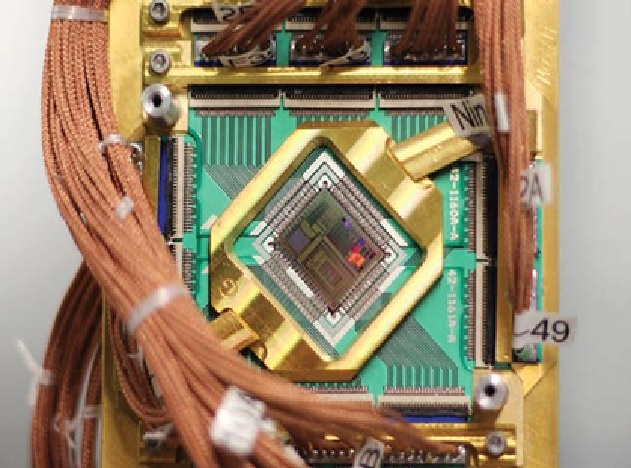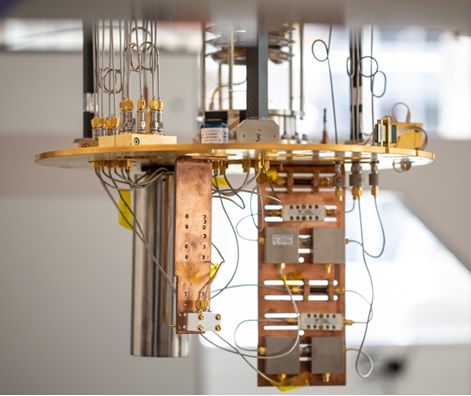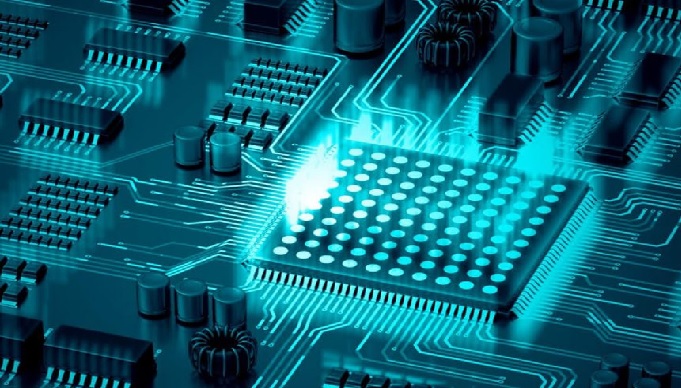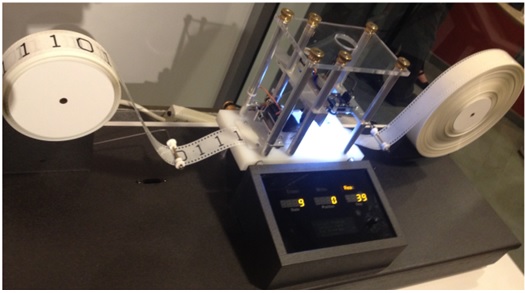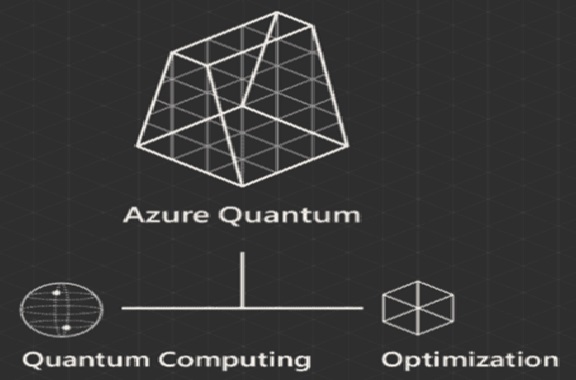Biomedical Simulations - The New Development of Quantum
It is truly ambitious to model natural processes. Nature is unique and highly complex, modelling in turn is per definition reductionist. Cells converse with other cells via sending proteins signals. On a micro-scale many cells form functional compounds and integrate into complex structures often embedded in a matrix. The proteins in turn are regulated by genes, which may be regulated by macroscopic factors like mechanical stimuli. The cell is a typical example where the micro [1] and macro world are closely intertwined. It is our mission to better understand these complex interactions. Systems biology combines biology with simulations and develops effective validation strategies. Simulating here in essence means: gaining insights while managing the unknown.
Simulation is a very useful capability of modern engineering. Everything from fluid systems to automobiles, cities, transit systems, spacecraft, and ocean-going ships can all be studied and analyzed through advanced simulation and modeling. When technology is successfully applied to simulation in one area of biomedical engineering, for example, it may well be applied to another area; Once cell and tissue growth is understood for one organ, it may possibly help understand growth in another organ, and assist in the creation of artificial tissues and organs moving forward. We are seeing the application of simulation to human systems already, for example, at Stanford University – where in 2020 researchers simulated the hidden pattern that drives brain growth. Researchers say that similar rules could guide the development of other cells within the body, and understanding them could be important for successfully bioengineering artificial tissues and organs figure 1 shown below.
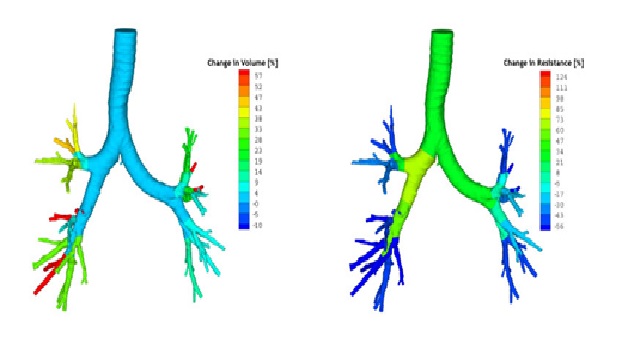
Figure 1. Biomedical Simulations
Advancing Medical Simulation Within a Cell
The University of Groningen in Groningen, Netherlands has advanced tissue simulation by creating an algorithm that helps them to utilize finite data about the tissue and simulate complex geometries such as membrane curvatures. Their algorithm allows different resolutions to be combined to create very accurate depictions for study and simulation. The researchers were able to accurately [2] model and simulate a full-sized mitochondrial lipid membrane. This also allowed them to reverse engineer a larger scale tissue model for study and further exploration.
The researchers hope to apply their advancements in simulation to one day successfully create a synthetic cell. While the parts of a cell are so tiny that it is not possible to successfully simulate them, the progress they’ve made gives hope for further scientific study and research that may be used to find solutions to other complex biological problems.
Exploring New Possibilities with Biomedical Simulation
Biomedical simulation is at the forefront of progress for medical research. That which can be simulated serves as the basis for iterations that may lead to breakthrough solutions to medical problems otherwise thought impossible. When organs, tissue, and biological systems within the human body can actually be simulated, trial and error—a hallmark of the scientific method and the advancement of medicine—is greatly facilitated.
Take the human heart, for example. Using engineering simulation software, a model of a healthy human heart with all four chambers and its vascular pathways of arteries, veins, and blood flow, can be realistically and accurately depicted. From an engineering perspective – the heart is regulated by factors such as electrical signals, its structure, and the physics of fluid flowing intricately within it. All these factors may be fed into the simulation software to create a complete and comprehensive [3] characterization of the cardiac tissue, right down to its fibrous structure, electrical pathways, and expected performance and behavior. From there, researchers can explore different effects on the heart and its performance using various changes and stimuli.
For example, an accurate simulation of the heart may greatly aid stent design and placement. Nearly half a million stents are placed in patients annually to provide a clearer pathway for critical blood flow. A stent must be able to last at least 10 years; just over one third of those who have a stent implanted will have to have it re-implanted over their lifetime.
By simulating the human heart, along with blood and fluid circulation, stent design may be improved to account for design factors such as strength, structural fatigue life and limits of the implanted stent, and inclusion of variables that improve the stent’s reliability.
References:
- https://connectedworld.com/developments-in-quantum-computing
- https://link.springer.com/book/10.1007/11790273
- https://link.springer.com/book/10.1007/978-3-319-12057-7
Cite this article:
S. Nandhinidwaraka (2021), Biomedical Simulations - The New Development of Quantum, AnaTechMaz, pp. 3



